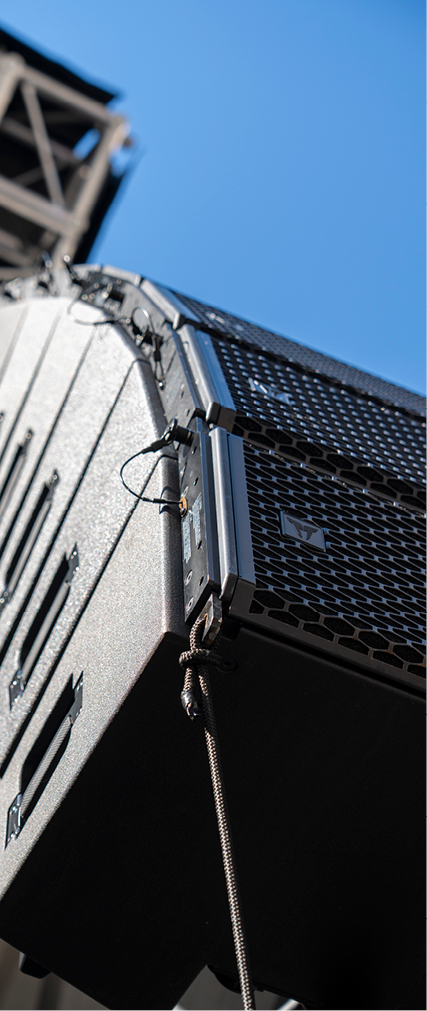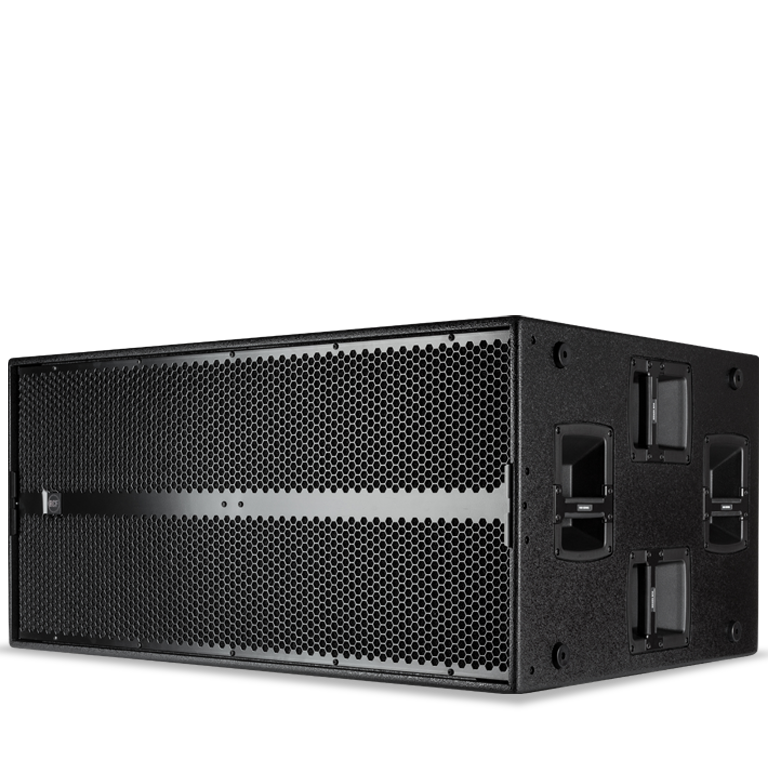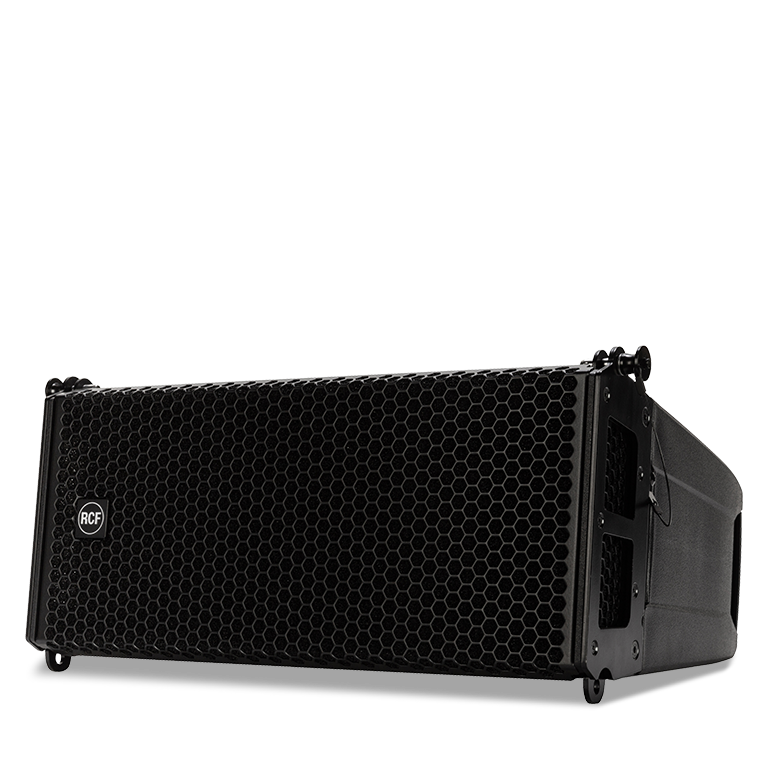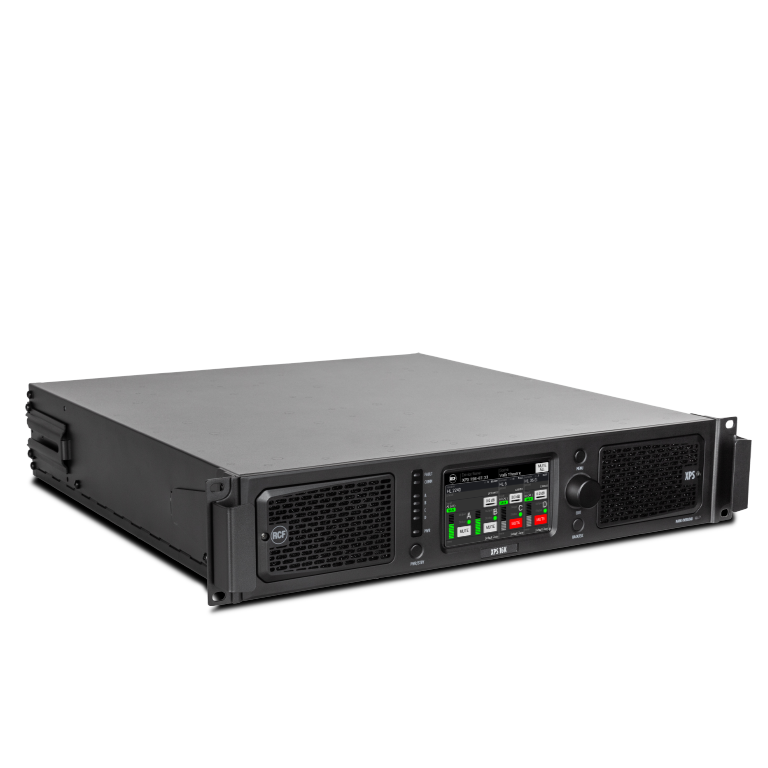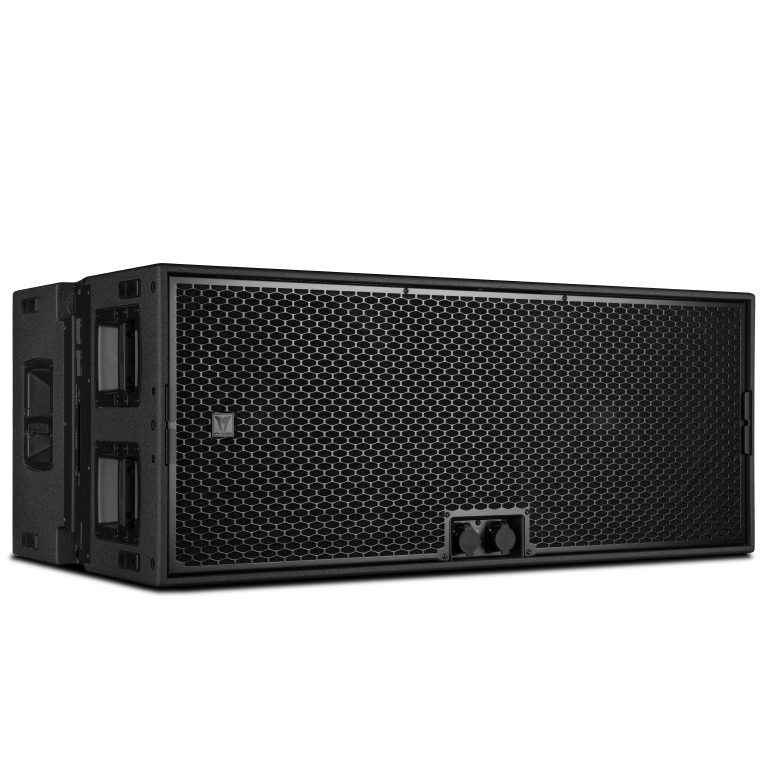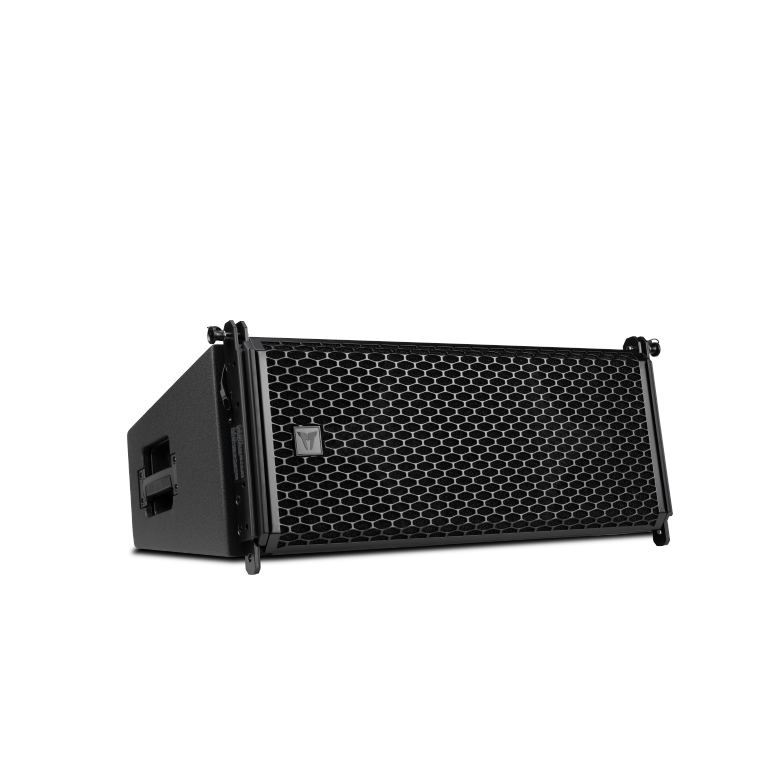TT+ Audio GTX Powers Umbria Jazz Festival 2025 - TT Audio
TT+ Audio GTX Powers Umbria Jazz Festival 2025
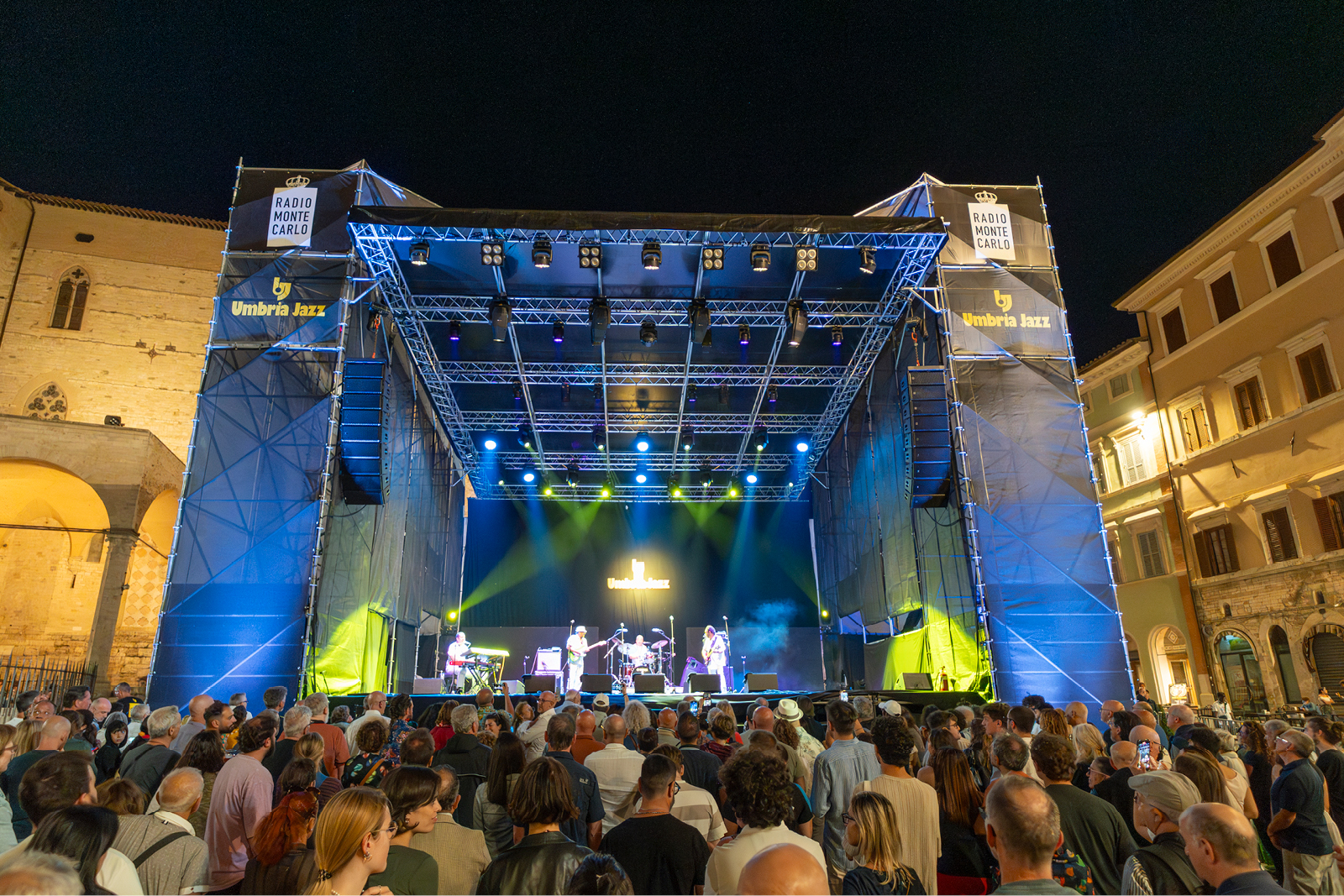
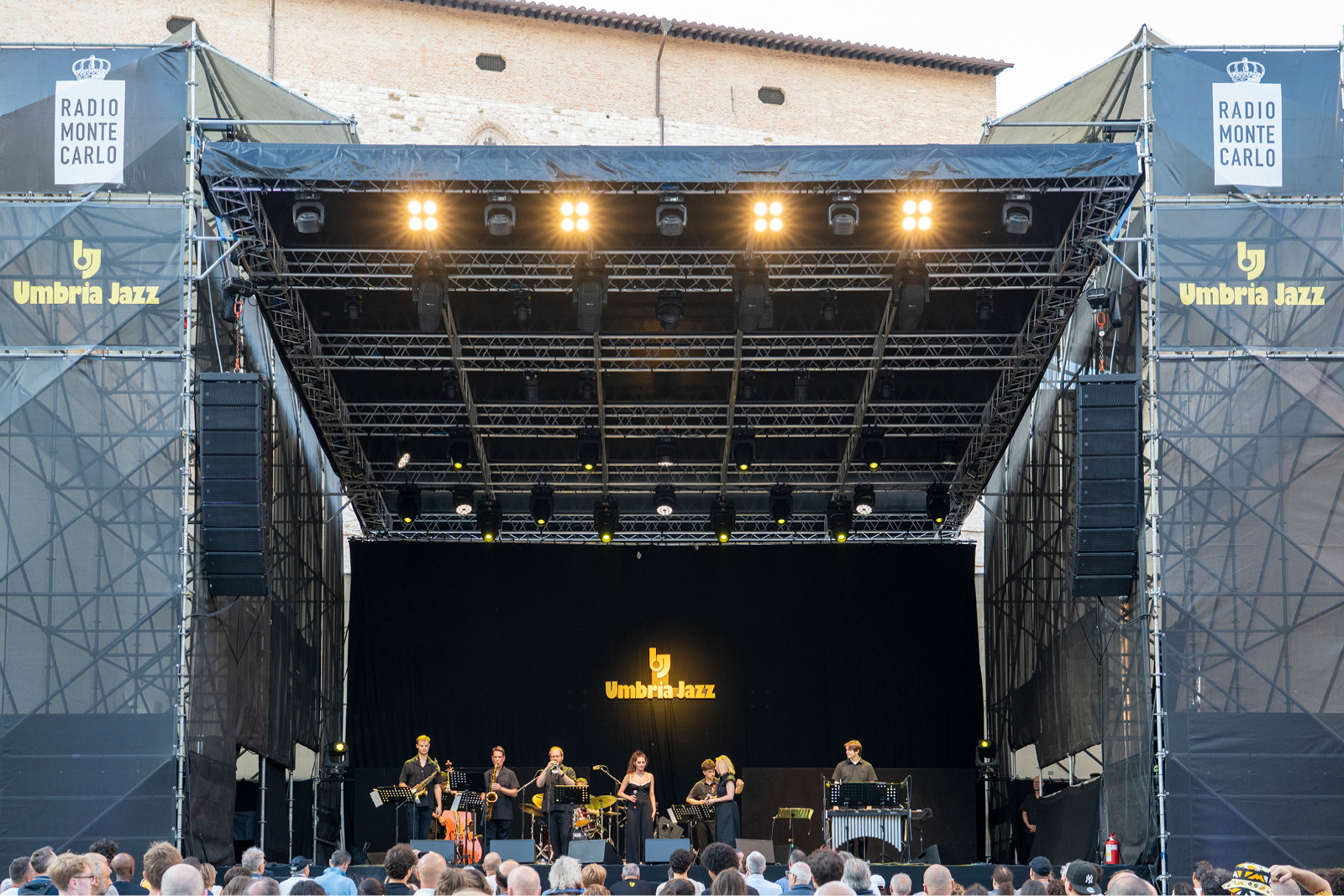
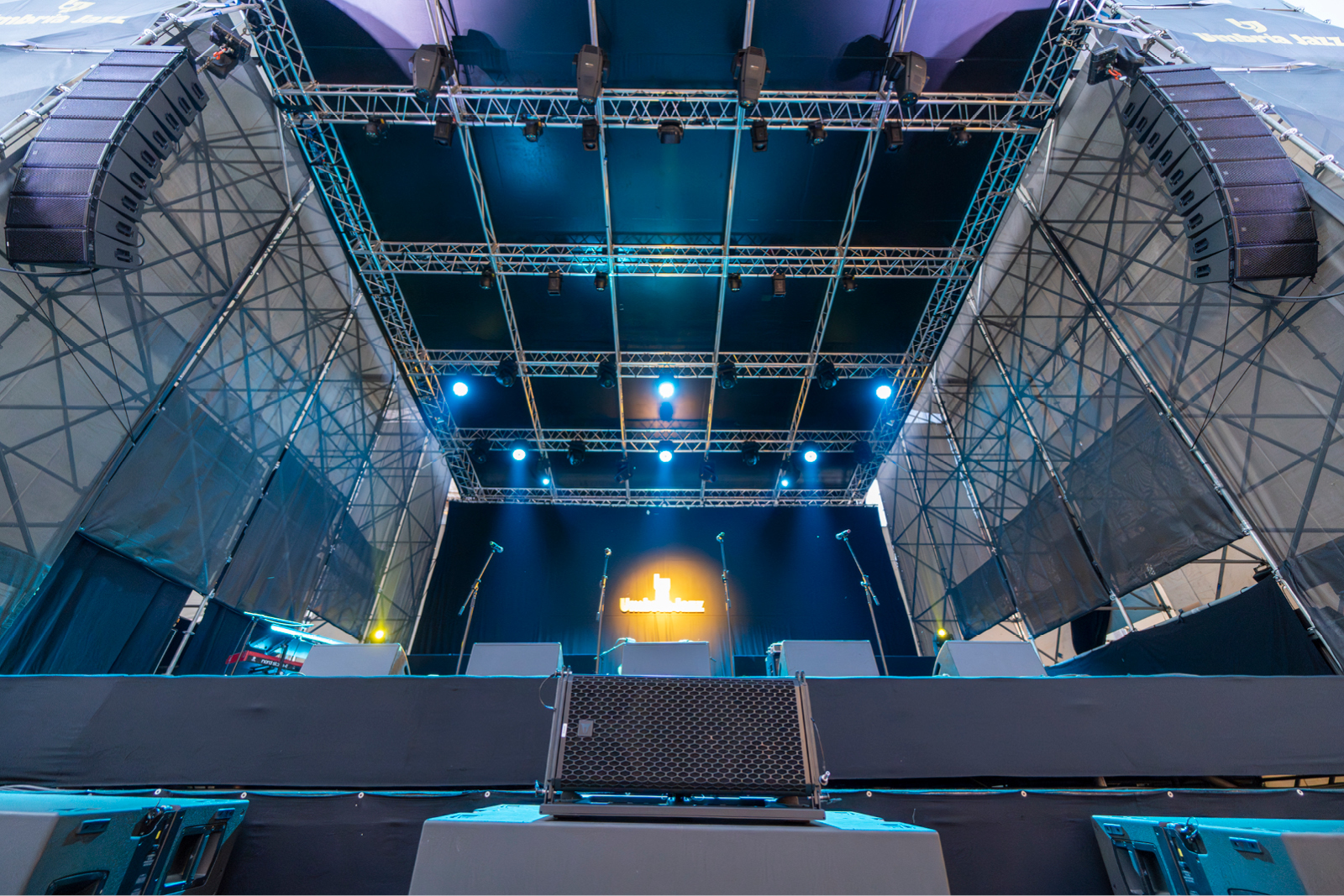
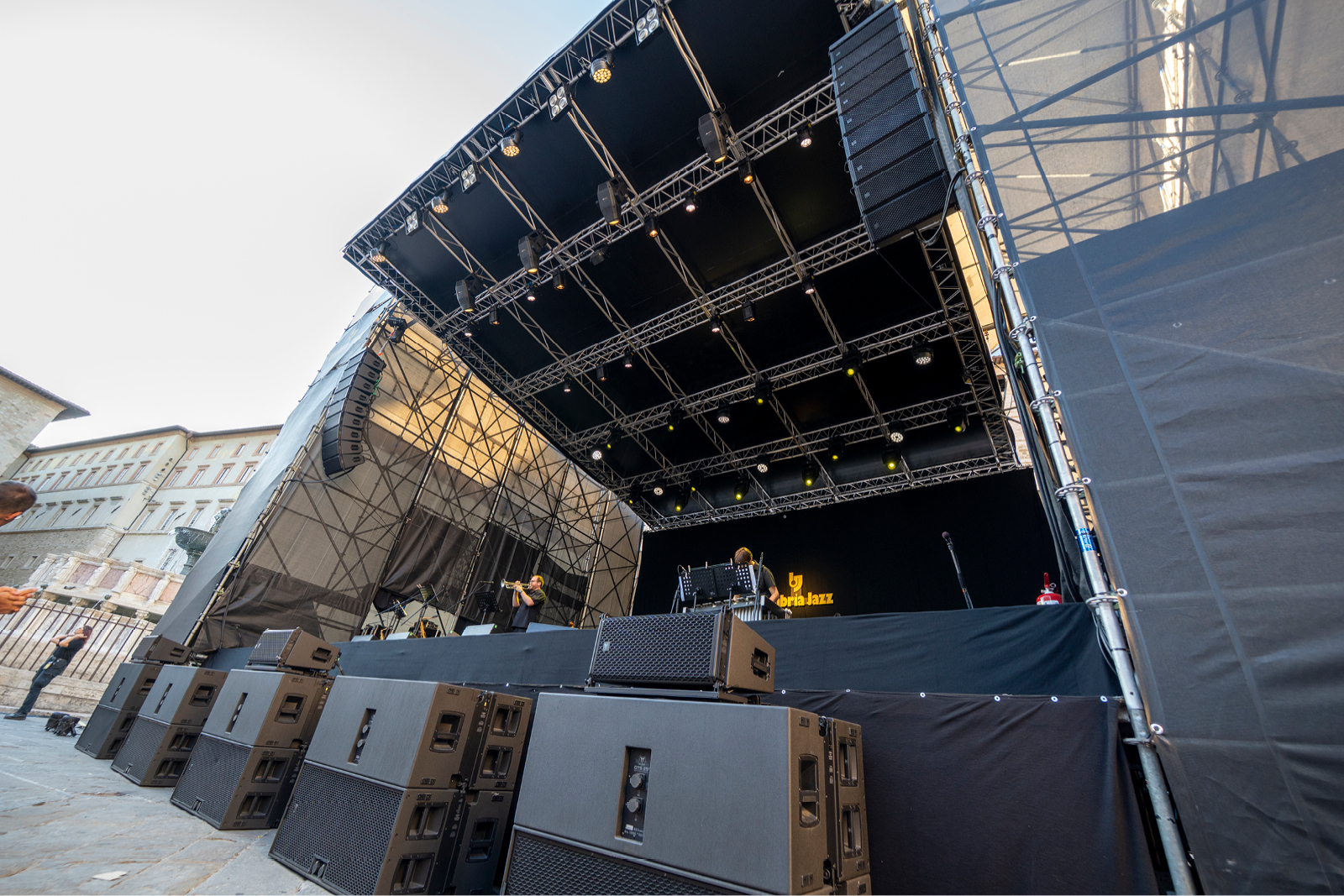
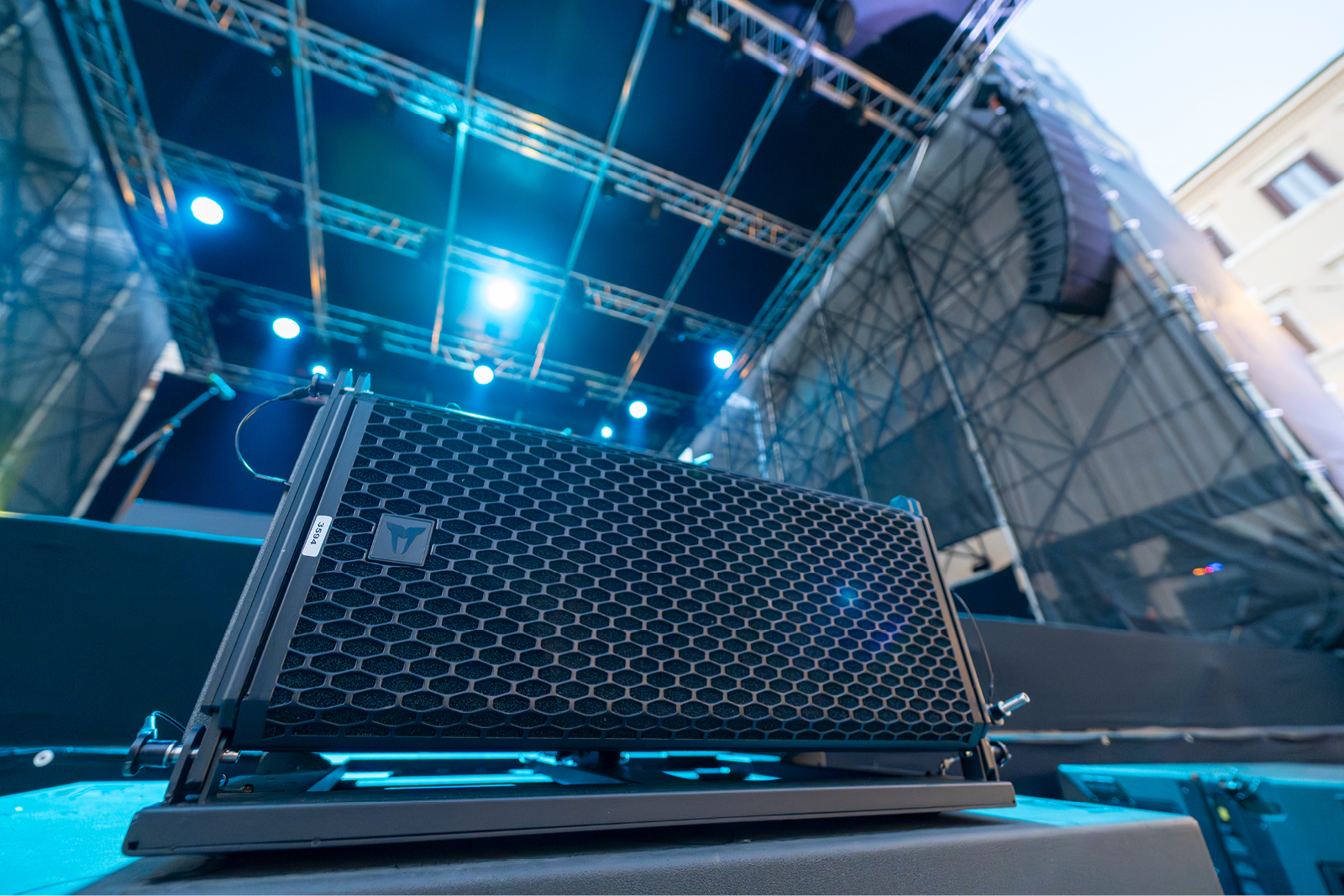
Perugia, Umbria Region, Italy — Umbria Jazz is one of the most prestigious music festivals in Europe, a cornerstone of the international jazz scene since 1973. Every July, the historic city of Perugia transforms into an open-air stage, hosting world-renowned artists and welcoming tens of thousands of jazz enthusiasts from around the globe.
For the 2025 edition, the main stage in Piazza IV Novembre was outfitted with a TT+ Audio GTX line array system, featuring nine GTX 10 modules per side and 10 GTS 29 subwoofers. This solution was chosen to deliver uncompromising sound quality in a highly reflective urban environment. At Giardini Carducci, a secondary stage was equipped with a 6+6 RCF HDL 10-A system, supported by three SUB 9006-AS subwoofers in a centered cardioid setup, with sidefill reinforcement from five HDL 26-A modules.
System design and optimization were handled by Lucio Boiardi Serri, Application Engineer for TT+ Audio and RCF.
“We deployed five stacks of two GTS 29 subwoofers in cardioid mode, configured in a tightly curved arc delay to minimize low-frequency reflections from surrounding buildings,” Boiardi Serri explains. “Simulations with our new RDShape prediction software proved extremely useful, allowing me to arrive on site with a clear, near-final design before rigging.”
The goal was to reduce LF energy buildup and achieve consistent coverage across the audience area. The GTX 10 was selected for its neutral sonic character, making it an ideal choice for electroacoustic performances, such as jazz. It also provides tight directivity control across the frequency spectrum and a linear phase response at 0º.
“Most of the optimization work focused on the 100–350 Hz range to avoid energy buildup on architectural surfaces. High frequencies remained virtually untouched,” Boiardi Serri adds.
Amplification was handled entirely by XPS 16K units, with system control and monitoring via RDNet.
“Subwoofer gradient control was a key focus,” continues Boiardi Serri. “The challenge was to prevent low-frequency spill into the grand piano microphones on stage. We created a cancellation zone at the piano’s location by fine-tuning the phase and delays of the cardioid subwoofer arrays.”
